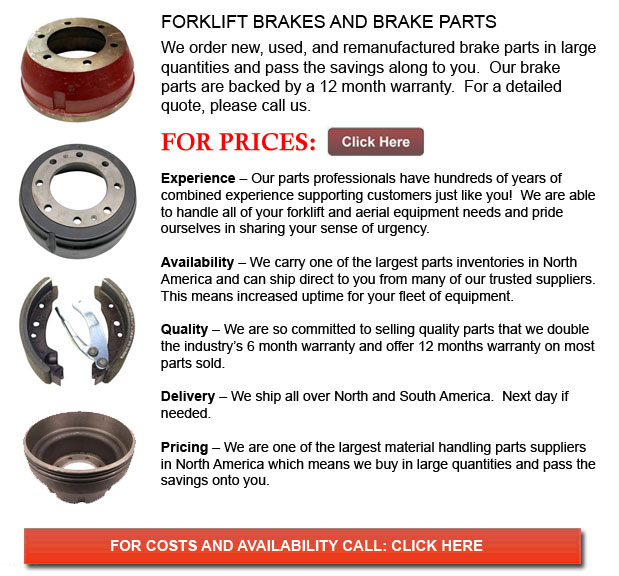
Forklift Brakes - A brake where the friction is supplied by a set of brake pads or brake shoes that press against a rotating drum unit known as a brake drum. There are some specific differences between brake drum kinds. A "brake drum" is normally the explanation provided when shoes press on the inner outside of the drum. A "clasp brake" is the term used to describe whenever shoes press against the exterior of the drum. Another kind of brake, called a "band brake" uses a flexible band or belt to wrap round the exterior of the drum. Where the drum is pinched in between two shoes, it could be called a "pinch brake drum." Like a conventional disc brake, these types of brakes are rather rare.
Old brake drums, before the year 1995, required to be constantly modified so as to compensate for wear of the shoe and drum. "Low pedal" could cause the needed modifications are not carried out sufficiently. The motor vehicle could become hazardous and the brakes could become useless if low pedal is combined with brake fade.
There are several various Self-Adjusting systems utilized for braking accessible these days. They can be classed into two separate categories, the RAD and RAI. RAI systems are built-in systems that help the apparatus recover from overheating. The most well known RAI manufacturers are AP, Bendix, Lucas, and Bosch. The most famous RAD systems include Volkswagen, VAG, AP, Bendix and Ford recovery systems.
The self adjusting brake will typically just engage whenever the vehicle is reversing into a stop. This method of stopping is acceptable for use where all wheels use brake drums. Disc brakes are used on the front wheels of motor vehicles today. By functioning only in reverse it is less likely that the brakes would be adjusted while hot and the brake drums are expanded. If adapted while hot, "dragging brakes" could take place, which increases fuel expenditure and accelerates wear. A ratchet tool that becomes engaged as the hand brake is set is one more way the self adjusting brakes could work. This means is only appropriate in applications where rear brake drums are utilized. Whenever the emergency or parking brake actuator lever goes over a particular amount of travel, the ratchet improvements an adjuster screw and the brake shoes move in the direction of the drum.
Placed at the base of the drum sits the manual adjustment knob. It can be tweaked utilizing the hole on the opposite side of the wheel. You will have to go under the vehicle together with a flathead screwdriver. It is very significant to adjust each and every wheel evenly and to move the click wheel correctly because an unequal adjustment could pull the vehicle one side during heavy braking. The most efficient method to be able to make certain this tedious task is completed safely is to either lift each and every wheel off the ground and spin it by hand while measuring how much force it takes and feeling if the shoes are dragging, or give every\each and every one the same amount of clicks manually and then perform a road test.
![]() Click to Download the pdf
Click to Download the pdf
Forklift Parts
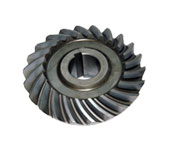
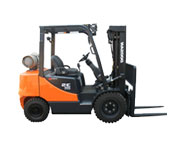
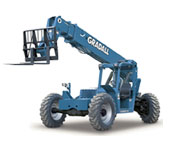
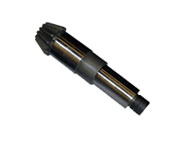
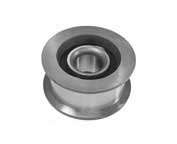
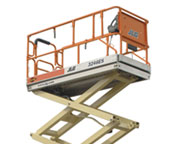
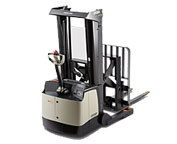
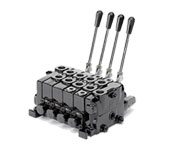
Lift Parts Express
TOLL FREE: 1-888-695-7994
Owensboro, Kentucky
forkliftpartsowensboro.com
Email Us
About Us


